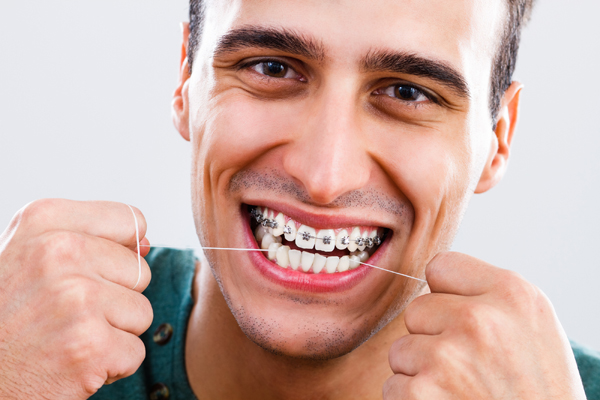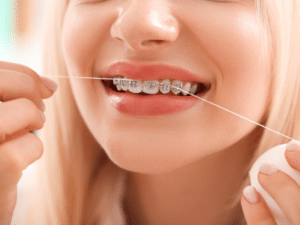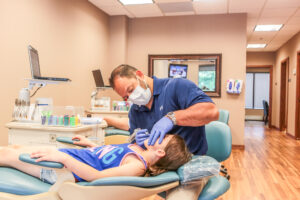Maintaining proper oral hygiene is essential for everyone, and it becomes even more crucial when you have braces. Wearing braces requires extra care to ensure the health of your teeth and gums. In this guide, brought to you by Smiles by Lorino, a trusted dental practice near Lyndhurst, NJ, specializing in orthodontics in New Jersey and led by Dr. Robert Lorino, we will provide you with a step-by-step approach to brushing and flossing with braces. With these expert tips on how to brush and floss, you’ll be able to keep your braces clean and maintain excellent oral health throughout your orthodontic journey.
Importance of Oral Hygiene with Braces
When you have braces, it’s important to understand that they create additional spaces for food particles and plaque to accumulate. If left unattended, these particles can lead to tooth decay, gum disease, and even prolonged treatment time. Thus, taking extra care of your oral hygiene is crucial. Brushing and flossing should become an integral part of your daily routine to prevent these issues.
Brushing with Braces
- Choose the right tools: It’s crucial to choose the proper toothbrush and toothpaste if you wear braces. To protect your braces and enamel, use fluoride toothpaste and a soft-bristled toothbrush.
- Brushing technique: Use water to rinse your mouth before brushing to help remove any food residue. Next, gently brush the gumline and braces while holding your toothbrush at a 45-degree angle. Make sure to clean the brackets, wires, and both the upper and lower teeth. To efficiently reach all surfaces, use small circular motions.
Clean the brackets: Pay attention to cleaning around the brackets as food particles tend to accumulate there. Use a proxy brush or interdental brush to clean these hard-to-reach areas thoroughly.
- Don’t forget the chewing surfaces: Brush the chewing surfaces of your teeth using a back-and-forth motion. Be thorough yet careful while removing any food particles or plaque.
- Rinse and inspect: After brushing, properly rinse your mouth with water or an antibacterial mouthwash. Make sure your teeth and braces are clean and clear of any leftover food particles by taking a moment to look them over.
Flossing with Braces
- Choose the right flossing tools: Traditional flossing might prove challenging with braces, so consider using specialized flossing tools like floss threaders, orthodontic floss, or water flossers. These tools facilitate and improve the process.
- Thread the floss: If floss threaders are being used, carefully thread the floss beneath each bracket’s wire. Be gentle to protect your braces from damage.
- Floss between teeth: After the floss has been threaded, gently run it in a C-shape around each tooth by moving it up and down between the teeth. This will help remove plaque and debris.
- Be thorough: Ensure you floss each tooth, both above and below the wire, taking your time to clean each side adequately.
- Rinse and evaluate: After flossing, rinse your mouth with water or an antimicrobial mouthwash to remove any remaining particles. Take a moment to check your braces and teeth in a mirror to ensure they are clean and free from debris.



 Clean the brackets: Pay attention to cleaning around the brackets as food particles tend to accumulate there. Use a proxy brush or interdental brush to clean these hard-to-reach areas thoroughly.
Clean the brackets: Pay attention to cleaning around the brackets as food particles tend to accumulate there. Use a proxy brush or interdental brush to clean these hard-to-reach areas thoroughly.